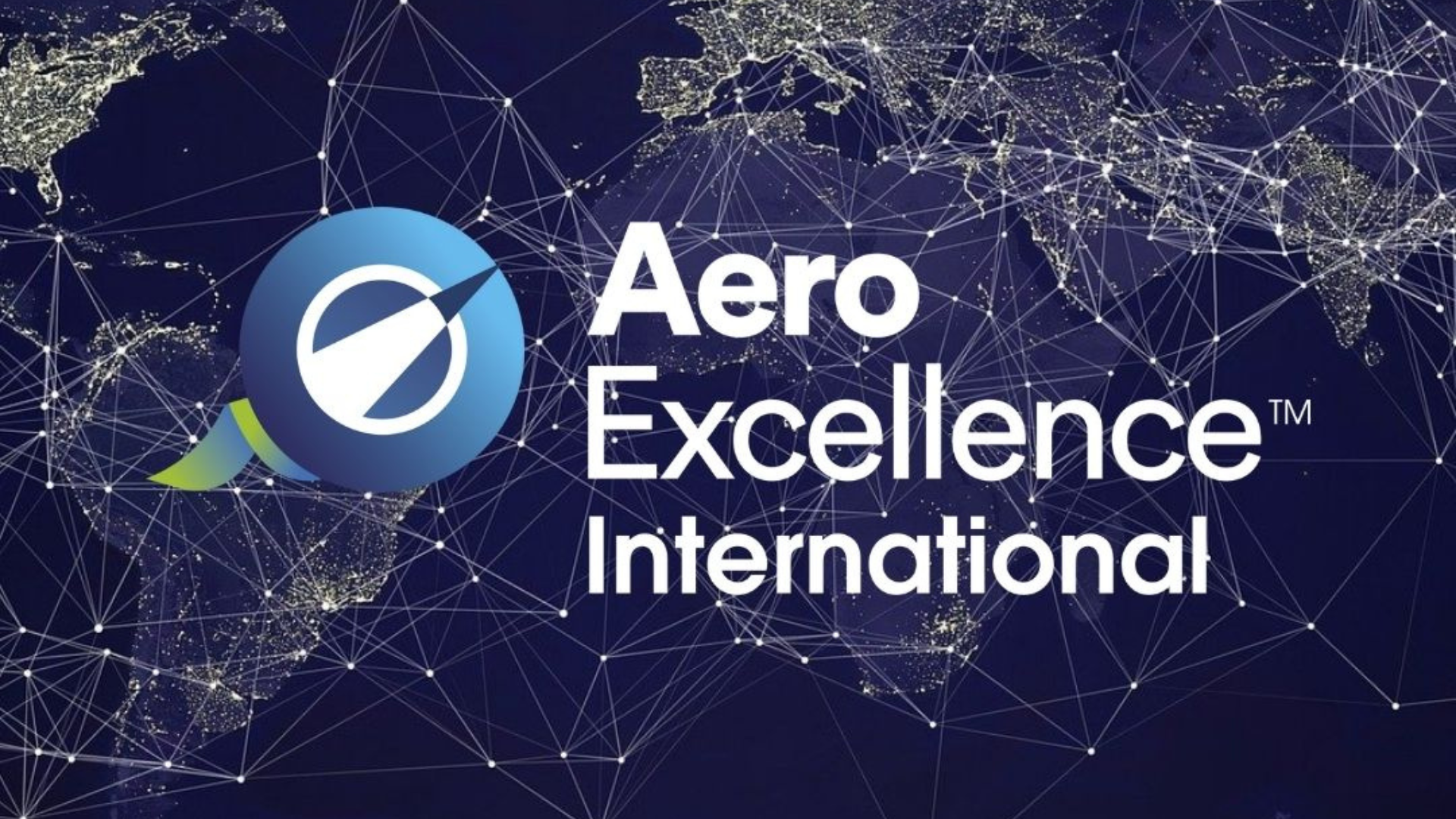
Last week, I travelled to Bratislava, Slovakia, for the European Aviation Safety Agency’s (EASA) annual safety conference; this year gathering under the theme of ‘New Technologies and New Business Models: Meeting expectations’.
Held in Bratislava to coincide with Slovakia currently holding the 6 month rotating presidency of the Council of the EU, the conference was attended by a wide range of people from across Europe, and across industry, regulators and other interested observers. The two day event was well attended by over 200 people, from 32 countries and over 130 organisations, and discussions in and around the conference agenda focused primarily on how innovations in the aviation industry are set to pose both an enormous challenge and opportunity to improving aviation safety across Europe.
My 5 key takeaways from the 2 conference are below:
1. Safety regulations must be an enabler of innovation:
EASA Executive Director Patrick Ky kicked off the conference with a clear message to delegates – ‘more safety can sometimes be a barrier to safety’. He emphasised how real and tangible ways to improve safety across Europe would only be found if new technology is embraced at an early stage, and that safety regulation and regulatory processes are constantly re-visited. Whilst he acknowledged this would be a challenge for regulators, he stated that only by adapting to a performance based approach can EASA maximise its safety responsibilities in the future.
2. Great innovations can create a market, but clear business models are a must:
A key note speech by Jeffrey ‘Jam’ McGuire, an open source and innovation evangelist, energised the conference with his presentation on how to make good of innovation. ‘Jam’ took the conference through examples of various business models from disruptor companies (e.g. Amazon, Uber etc) and outlined why they are successful, and emphasised how ‘technology itself does not a business model make’. Linking into the Aviation safety theme, he outlined that in order to make the most of innovation, ‘you need to have a clear understanding of why you are innovating, how your innovation can be implemented and what steps you need to make to achieve success…completing the golden circle’.
3. The lesson for Aerospace manufactures? Test, test and test again!:
A presentation from Safran outlined just how long it can take to get a new product to market. The CFM LEAP engine took 10 years of development, even before the certification process began. The creation of a test pyramid strategy enabled a step by step approach to be followed: with 5,000 tests at the start of the process, finally whittled down to an end goal of 2 full scale engine tests in order to achieve certification. This pyramid approach was mirrored by Rolls-Royce, who outlined how in order to introduce 3D printed parts successfully , a ‘licence to operate’ strategy was devised. This enabled the company to scale up production effectively. Both companies agreed that engagement with the regulator at an early stage was key to the market success of these innovations.
4. New businesses are engaging with Aviation safety regulations for the first time:
Day 2 included a panel session on how new businesses were challenging legacy concepts, and included US camera manufacturer GoPro. With the development of a new drone, GoPro outlined how they had entered the world of aviation regulation for the first time, but were keen to establish a responsible relationship with the regulator from the start. This meant understanding and respecting the responsibilities it had as a new user of airspace, but also making it clear to regulators the barriers it sees to effective implementation of its product. This came across as an increasing trend in aviation (in terms of both new manufacturers and new service providers entering the aviation environment), as new companies look to offer solutions and showcase how they can ‘break’ the safety rules in order to improve the rules.
5. Trust is key to utilising big data in Aviation safety:
The final panel of the conference focused on how the sector could utilise big data to its advantage and improve aviation safety. The panel agreed that aviation was already seen as an experienced industry in gathering and reporting data, and therefore was a mature sector with a ‘just culture’ approach when it came to sharing information. However, the key theme that emerged was the need to establish more and more trust between industry, regulators and new entrants in order to share even more data, especially data in its rawest form. Opening up the sector for new businesses to interact and analyse safety data to spot trends or patterns which may help improve safety, was seen as a potentially game-changing if not challenging, way forward.
(Bonus observation):
Attending the conference also gave me time to discuss with a wide range of European aviation stakeholders, the issue of the UK’s relationship with EASA following the EU referendum vote back in June. The general feedback I received from those delegates I spoke to was to highlight the positive aspects of the UK’s membership of EASA, and the level of expertise and influence the UK has in rulemaking and within technical working groups. Many remained hopeful that the UK could remain an integral part of the safety regulatory environment in Europe, not only in order to tackle to challenges around new technology which the conference had convened to discuss, but also in order to maintain the overall competitiveness of European industry itself.





